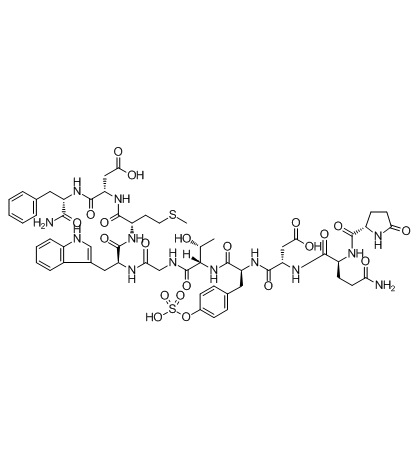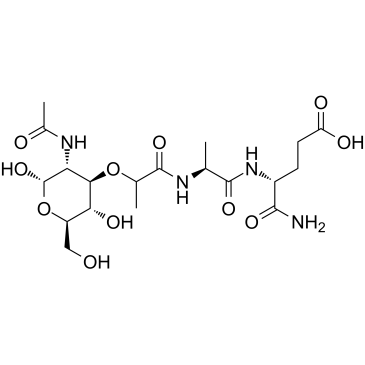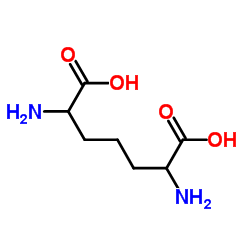| Structure | Name/CAS No. | Articles |
|---|---|---|
 |
Caerulein ammonium salt
CAS:17650-98-5 |
|
 |
Ac-muramyl-Ala-D-Glu-NH2
CAS:53678-77-6 |
|
 |
DL-2,6-Diaminopimelic acid
CAS:583-93-7 |